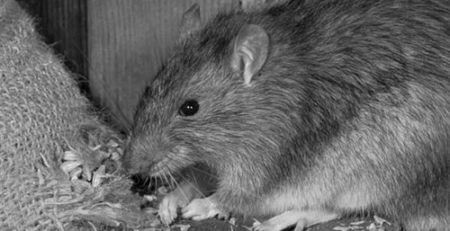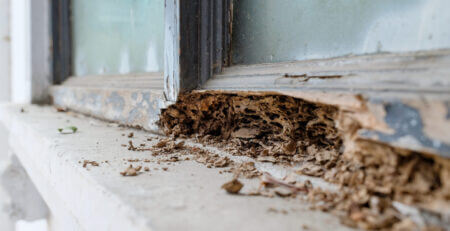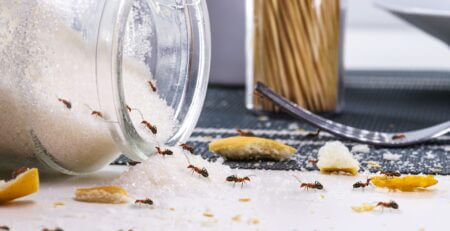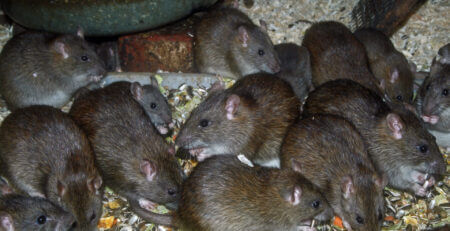Signs of Mouse Infestation: How to Detect Mouse Activity in Your Home
Detecting a mouse infestation in your home is crucial for effective mouse control. Mice can cause property damage, contaminate food, and pose health risks to occupants. Identifying the signs of mouse activity allows for prompt action and the implementation of appropriate control measures. In this comprehensive guide, Pest Control Direct provides valuable insights into the signs of a mouse infestation and offers practical tips for detecting mouse activity in your home.
- Mouse Droppings: Mouse droppings are one of the most noticeable signs of a mouse infestation. Keep an eye out for small, dark-coloured droppings resembling grains of rice. These droppings are typically found along pathways, near food sources, or in hidden areas such as cabinets, drawers, or behind furniture.
- Gnaw Marks: Mice have a constant need to gnaw on objects to keep their teeth trimmed. Look for gnaw marks on various surfaces, including furniture, baseboards, electrical wires, and food packaging. Fresh gnaw marks will appear light in colour, but older marks may be darker and more pronounced.
- Chewed Food Packaging: Inspect your pantry or kitchen for chewed food packaging, especially cereal boxes, bags of grains, or food containers. Mice can chew through cardboard, plastic, and thin packaging materials to access food sources. If you notice holes or shredded packaging, it may indicate mouse activity.
- Nests and Nesting Materials: Mice build nests using various materials they find in your home. Look for nesting materials such as shredded paper, fabric fibers, insulation, or dried plant matter in hidden areas like attics, basements, or wall voids. Discovering a mouse nest suggests an established infestation.
- Strange Noises: Mice are nocturnal creatures and are most active at night. Listen for scratching or scurrying sounds coming from walls, ceilings, or hidden spaces. These sounds may indicate mice moving around or nesting in your home.
- Grease Marks: Mice have greasy fur, and as they move along surfaces, they can leave greasy marks or smudges. Check for these marks along walls, baseboards, or other areas where mice may travel frequently.
- Footprints and Tracks: Dust or fine powder sprinkled in areas suspected of mouse activity can reveal footprints and tracks. Look for small tracks with four toes in front and five toes in the hind footprint. These tracks can help confirm the presence of mice.
- Unusual Pet Behaviour: If you have pets, they may exhibit unusual behaviour if mice are present. Dogs or cats may become agitated, start sniffing around, or exhibit heightened interest in specific areas of your home. Pay attention to these signs and investigate further.
- Foul Odours: Mice leave behind urine and droppings that emit a distinct, pungent odour. If you notice unpleasant or musky smells, especially in confined spaces or hidden areas, it could indicate a mouse infestation.
- Sightings: Spotting live mice is a clear indication of an infestation. Mice are small, typically ranging from 2 to 4 inches in length, with a slender body, pointy snout, and large ears. If you see a mouse scurrying across your floor or notice dead mice, it’s time to take action.
Conclusion
Detecting mouse activity in your home is crucial for implementing effective mouse control measures. By being vigilant and looking for signs such as mouse droppings, gnaw marks, chewed food packaging, nests, strange noises, grease marks, footprints, unusual pet behaviour, foul odours, or actual sightings, you can identify a mouse infestation early and take appropriate action. Prompt mouse control measures are essential to prevent property damage, protect food sources, and minimize health risks associated with mice. Remember, if you suspect a mouse infestation, it’s advisable to seek professional pest control services for thorough inspection and effective control solutions.











